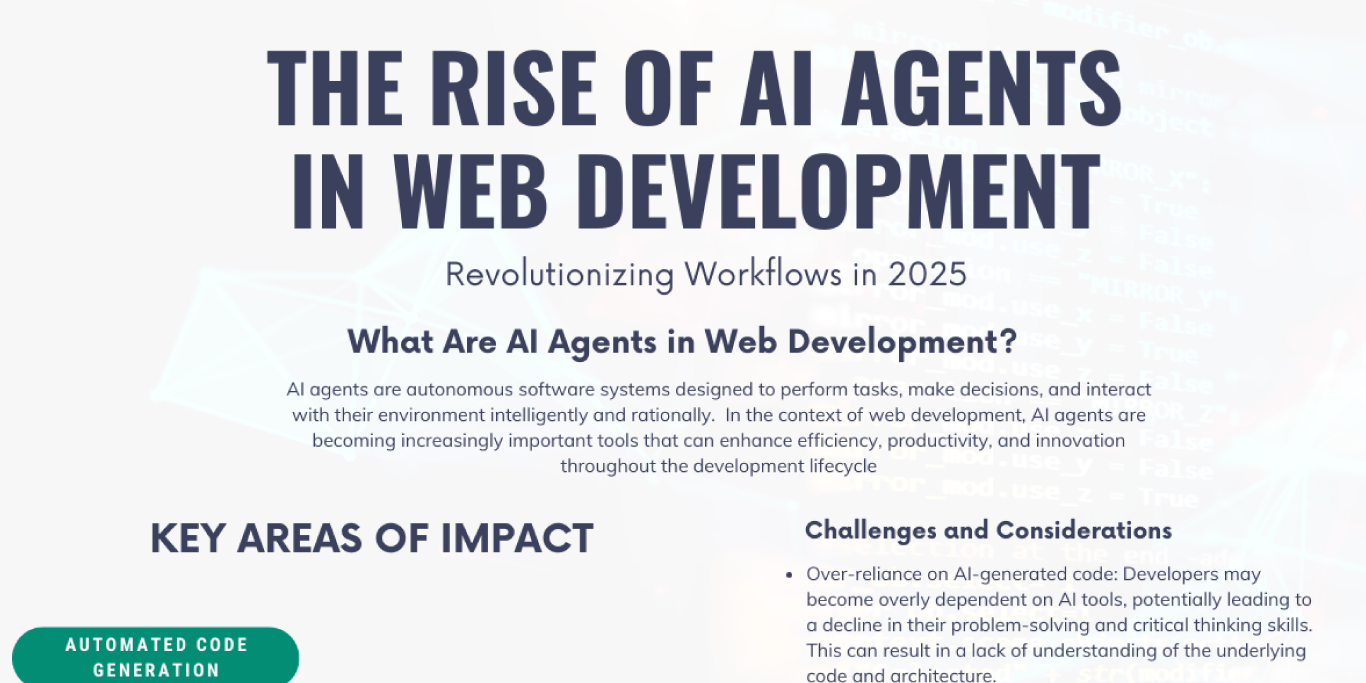The landscape of web development is undergoing a profound transformation, driven by the rapid integration of artificial intelligence (AI) technologies. As we move through 2025, AI is reshaping how websites are built, optimized, and maintained, offering unprecedented opportunities for innovation and efficiency.
The Illusion of Objectivity
Many people still cling to the notion that photographs are unbiased, factual representations of reality. However, this belief is far from the truth. Every photograph is inherently subjective, filtered through the lens of the photographer’s perspective, technical choices, and intent.

Beyond Documentation
While early photographers like Matthew Brady used the medium to document historical events like the American Civil War, bringing brutal realities to public consciousness, modern photography has evolved far beyond mere documentation. Today’s photographers and artists use the medium to explore, question, and even manipulate our perception of reality.
AI in Design and Content Creation
Web design is being transformed by AI in several ways:
- Generative Design: AI tools can automatically generate design elements based on user preferences and industry trends.
- Smart Content Generation: AI analyzes data and trends to produce engaging content efficiently, including personalized emails and product descriptions.
- Visual Recommendations: AI-powered tools suggest fonts, color palettes, and stock images that work well together, accelerating the styling process.

Digital Manipulation and Truth
The digital revolution has further blurred the lines between reality and representation. With advanced editing tools at our fingertips, photographs can be altered in countless ways, challenging our ability to discern truth from fiction. This raises important questions about authenticity and the role of images in shaping public opinion and historical records.
Shaping Our Worldview
Photos don’t just capture moments; they actively shape how we see the world:
- Influencing Emotions: Images can evoke powerful emotional responses, affecting our attitudes and beliefs.
- Creating Narratives: Carefully curated photographs can construct specific narratives about people, places, and events.
- Reinforcing or Challenging Stereotypes: Visual representations have the power to either perpetuate or break down societal stereotypes.
The Responsibility of Visual Literacy
As consumers of visual media, it’s crucial that we develop critical thinking skills to navigate this image-saturated world. We must learn to question the context, intent, and potential manipulations behind the photographs we encounter.
Connecting Through Images
In today’s digital age, photography has become a primary medium for social connection. Social media platforms like Instagram and Facebook have transformed how we share our lives and interact with others.Through photos, we:
- Create and maintain relationships across distances
- Share experiences instantly with friends and family
- Curate our personal brand and identity
- Seek validation through likes and comments
This visual communication has reshaped social norms, influencing how we perceive ourselves and others in the digital space

Impact on Eating Habits and Health
Discipline plays a crucial role in our dietary choices. In a world of convenience foods and constant temptation, maintaining a balanced diet requires consistent self-control. By cultivating discipline in our eating habits, we not only improve our physical health but also set a positive example for those around us, potentially influencing the health of our families and communities.
Behavioral Patterns
Our daily behaviors are a reflection of our discipline. From how we manage our time to how we treat others, discipline shapes our actions. Consistent, disciplined behavior builds a reputation for reliability and integrity, which can open doors in both personal and professional spheres.
Focusing on What We Can Control
One of the most powerful applications of discipline is in directing our energy towards things within our control. In an unpredictable world, disciplining ourselves to focus on our actions and responses, rather than external circumstances, leads to greater peace of mind and more effective problem-solving.
Conclusion
Photography is a powerful tool that goes far beyond simply capturing reality. It shapes our perceptions, influences our emotions, and contributes to our collective understanding of the world. As we continue to navigate an increasingly visual culture, it’s essential to approach images with both appreciation and a critical eye, recognizing their power to shape our thoughts and reality.




